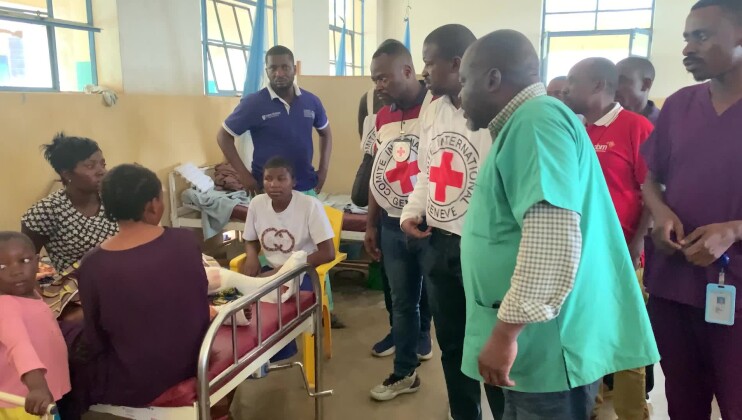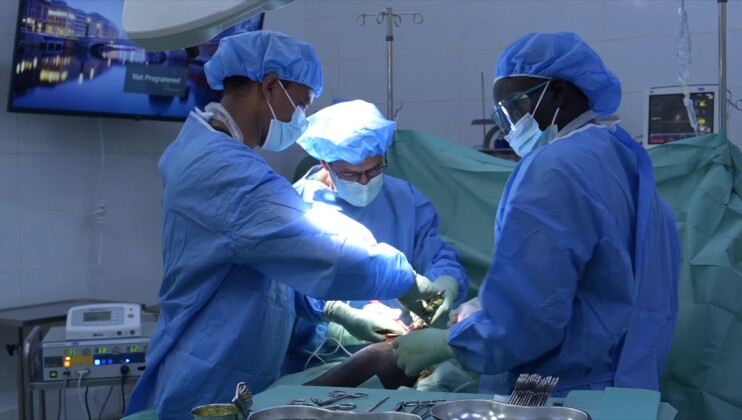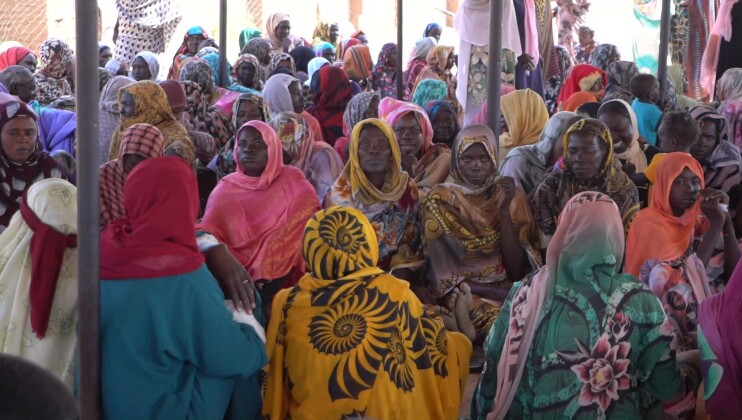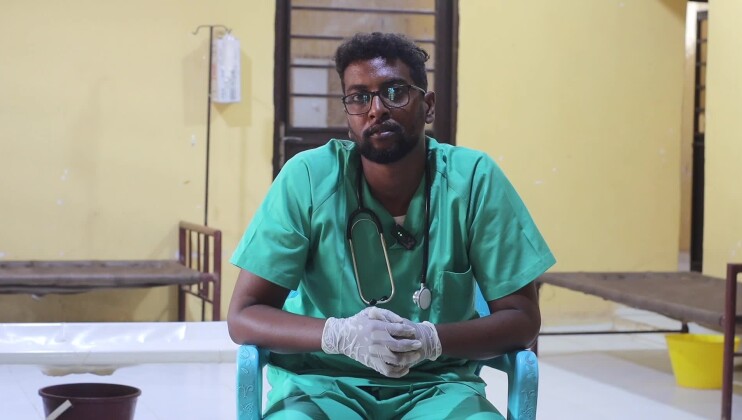Iraq: the ICRC steps up its humanitarian response around Mosul
The plague, a highly contagious disease which took the lives of nearly half of the population in Europe during the middle Ages, is today still a serious public health problem in certain parts of the world, particularly in Madagascar.
Often considered as a disease of the poor, the plague is mainly carried by the black rat, which passes it on to humans through infected fleas. The arrival every year of hot and humid weather in October marks the start of the plague season. The fleas multiply and the risk of transmission increase. It is the time to use insecticide against the fleas and catch the rats.
In Madagascar, rats abound in places of detention. At the main prison in Antanimora in the heart of the capital Antananarivo, 3000 detainees have to live with these rodents day and night. They get everywhere, attacking food stocks, damaging bedding and clothing. All sorts of insects, including the fleas multiply in the dormitories and buildings.
Chronic overpopulation and poor hygiene conditions in places of detention in Madagascar exacerbate the risk not only for the detainees but also for the general population. Every day contacts with the outside world, through family visits, prison releases, movement of personal, suppliers, the flow of rats and insects, ensure there is no shortage of opportunities for the plague to get into or out of the prison.
In 2011, the prison health service warned its management that it was vital to control the rodent population in the institution in order to limit the risk of an epidemic. Quickly a partnership was set up between the Ministries of Health and Justice with the support of the ICRC and the Pasteur Institute of Madagascar.
Efforts to get rid of the rats and insects in Antanimora prison began in February 2012 during the plague season which lasts from October to April. The immediate effect was a significant reduction in insect and rat populations. The Pasteur Institute was responsible for analyzing the fleas and the rats caught in the prison in order to determine if the bacillus of the plague was present.
The ICRC involved the detainees and the penitentiary authorities in these timely efforts with the aims that this could be done autonomously in the future. In collaboration with the authorities, the ICRC plans to extend the programme to all places of detention in zones where the plague is endemic in Madagascar. Improving the hygiene conditions in the prison – better access to water, improved waste management – is part of the programme.
As Professor Rogier of the Pasteur Institute explains " If the plague gets into prisons there could be a sort of atomic explosion of plague within the town and the prison walls will never prevent the plague from getting out and invading the rest of the town.”
There are many zones where the plague is endemic and cases of human plague have been reported in recent years in and around the urban centers of Mahajanga, Mandritsara, Miarinarivo and the capital, Antananarivo.
In the countryside, the plague is little known and is considered a shameful disease, often hidden and rarely reported to the authorities. Awareness raising and prevention campaigns by the authorities have struggled to reach a population that is extremely poor and spread out over a vast area.
Rafred Rakotoasimbola lives in Madiro where he harvests papayas. Madiro is a small village in the district of Miarinarivo, a hundred kilometres west of Antananarivo. In order to be able to cultivate their land, the farmers remove a large quantity of volcanic stones from the soil with which they make walls demarcating their fields where rats abound. The practice of burning vegetation in the hills nearby destroys the natural habitat of the rodents which take refuge close to peoples’ dwellings.
In 2010, Rafred’s daughter died of the plague at the age of ten, as a result of not being treated early enough. Delirious and with a heavy fever, Maholy arrived late at the health centre in Analavory, some thirty kilometres from her village. Maholy died shortly after being admitted and was buried under the grassy hill near the health centre. The family can only retrieve her body in 2017 after having observed the seven year delay imposed by the health authorities.



